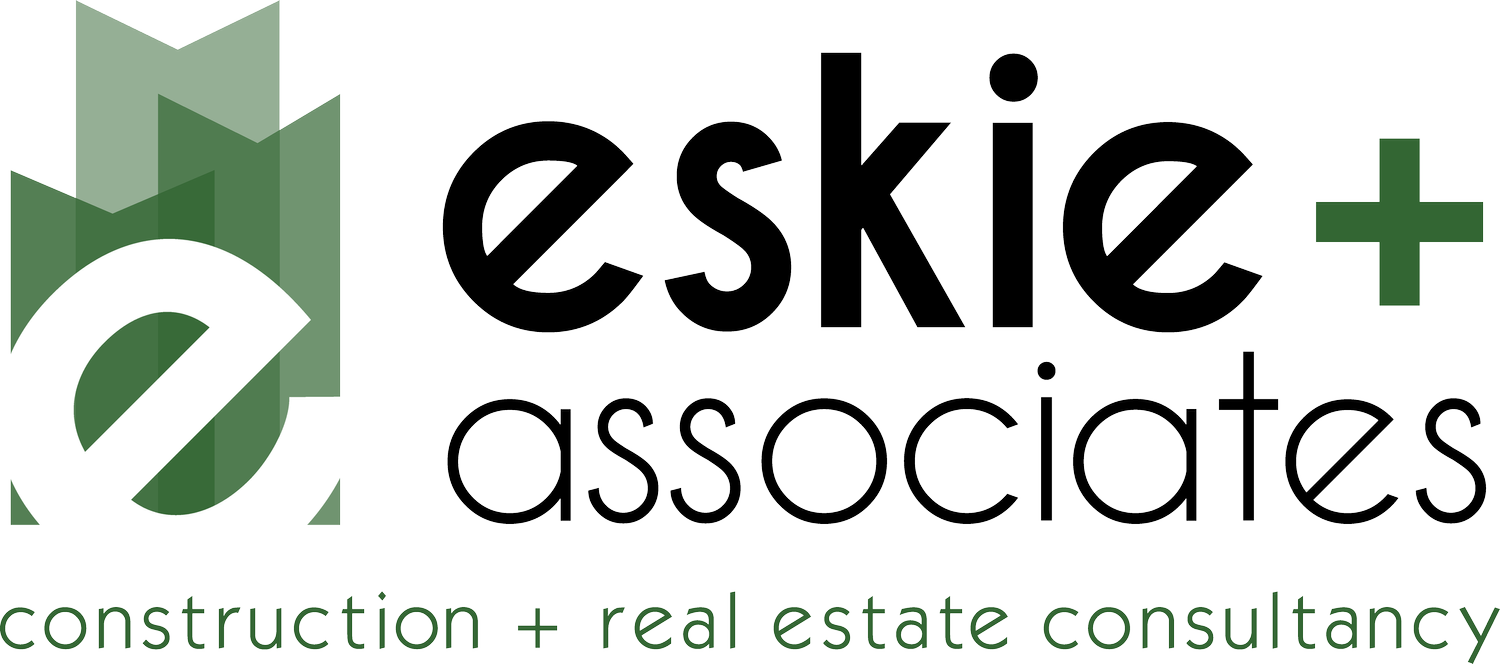Phase 1: Navigating Your Project Concept
The Concept or “light bulb” phase is where the creative juices start flowing with anticipation for the future of your company. Here you will set the stage for every aspect of your project. At Eskie + Associates we have navigated the Concept phase process for our own developments as well as for a variety of our public and private sector clients.
Many projects get stuck in this phase without clear guidance on what steps to take, when to take them and which experts to engage. The decisions you need to make will change based on variables such as ownership type, industry sector, new construction or remodel, and the size and complexity of your project.
We will identify the key steps you need to take to create a strong foundation for your project, summarizing which partners and experts need to be consulted to mitigate risk before advancing to the Due Diligence phase.
1. Site Selection
Immediately following that "light bulb" moment, armed with a general concept, you need to find the perfect site or building to make your vision a reality.
Considerations during site selection are:
Do you want to own or lease?
Are you building a new building or renovating an existing space?
How much land and building square footage do you require?
Are there existing site or building engineering issues?
LOCATION, LOCATION, LOCATION – What trade area do you service? Where do your employees live? How do your clients access you? What are your building visibility needs?
Once you have established your site criteria, you will need input from municipalities, lawyers, architects, and engineers to identify potential hidden development or construction costs. The site selection process may involve a broker.
2. Site / Space Planning
Site selection is performed with a general idea of your project’s function and form. Once you have narrowed your site selection, you need to validate your concept through efficient planning. During this task, it is critical to select a team of design and/or construction professionals that are experienced in your specific project type and level of complexity.
For example, if you are a tenant remodeling 10,000 SF of existing space, your team will be different from a company building a ground–up laboratory facility.
3. Budgets
Budget is one of the major factors in any project decision, no matter the size or type. With increasing budgets comes increasing risk. You can manage that risk by developing accurate and complete budget information during the Concept phase.
First, you need to consider your funding options and sources. This may involve accountants, lawyers, bankers, or other private and public funding entities. Your budget in the Concept phase should include input from qualified construction professionals based on clear direction from you, the client, and your architects and engineers.
Examples of line items that you will want to include in your Concept phase budget are:
Hard costs (i.e. building, land)
Soft costs (i.e. financing, legal and professional fees, municipal fees, furniture and move costs, IT, contingencies and cost escalation)
Navigating the various steps of the Concept phase requires focused attention and coordination of multiple partners. Thorough execution of this process will give you the confidence that you need to progress to the Due Diligence phase.
Contact us today to find out more about using an expert Owner’s Representative to navigate through the planning phase of your next project.

